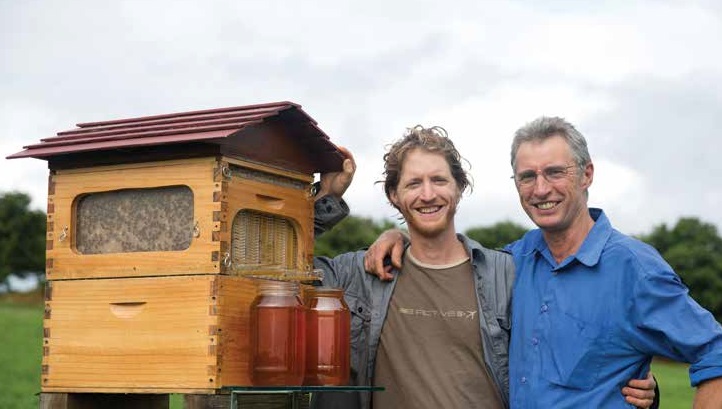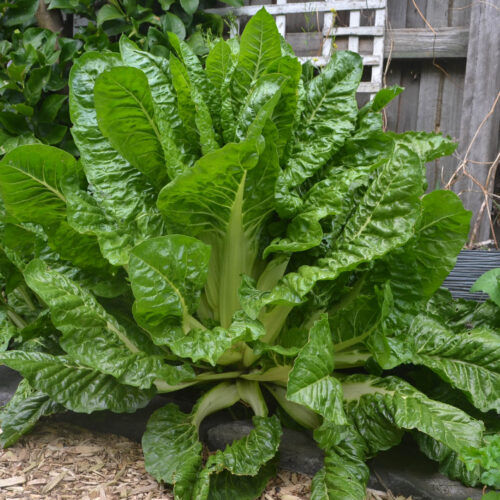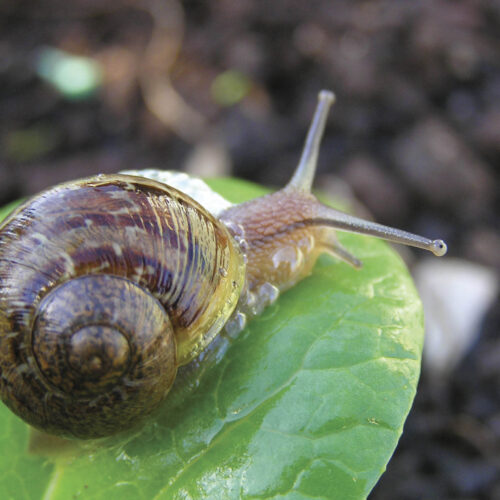The bees knees
2015-02-24T05:20:56+11:00
A sweet new Aussie invention is set to revolutionise the beekeeping world, as SIMON WEBSTER discovers.
A beehive that makes the collection of honey as easy as turning on a tap may be about to revolutionise beekeeping, and throw the beleaguered honeybee a lifeline. Honey from the Flow Hive, invented by a father-and-son team from the Northern Rivers region of New South Wales, can be harvested without having to dismantle the hive and disturb the bees. That means at honey harvesting time there’s no need for protective suits, smokers or other traditional beekeeping equipment, such as centrifugal honey extractors, decapping knives and sieves. But the biggest saving will be in the beekeeper’s time, says the hive’s co-inventor, 60-year-old Stuart Anderson.
“Weekend after weekend, beekeepers don’t get around to robbing their bees,” Stuart says. “There’s plenty of honey sitting in urban hives which doesn’t get harvested because it’s going to take a day or a day and half to do it all, and you’re going to end up with a sticky kitchen. It’s a shame.”
With the new system, beekeepers can quickly harvest half a kilo, or 10 kilos, as needed, freeing up space for the bees to make more honey, and not only making beekeeping easier, but increasing a hive’s yields through more frequent collection.
Protective clothing would only be needed when giving the hive a health check twice a year. An expert could be hired to do this, making beekeeping more straightforward, and a lot less scary.
Stuart’s son, Cedar, 34, started the project 10 years ago. Growing up on a shared community farm, Cedar became known for his inventive streak. “We had bees when we were kids,” Cedar says. “I just thought, ‘there has to be a better way’. So we set out on trying to achieve the beekeeper’s dream.” Getting the honeycomb cells to release the viscous honey was a challenge. The pair eventually came up with a system in which the bees are given a partly formed honeycomb structure that they complete with their wax. When the beekeeper turns a tap, the honeycomb cells split to form zigzagging channels that send the honey down a pipe and out of the hive.
Beekeepers who have trialled the invention include Danielle Lloyd-Prichard, who is studying bees in her role as a research officer at Newcastle University in NSW. “It’s a fantastic invention,” Lloyd-Prichard says. “It has the potential to revolutionise the growing amateur beekeeping movement.
“I imagine restaurant and rooftop hive owners would enjoy the ease of harvest, and older, younger or less abled beekeepers could benefit without the need to lift heavy frames and boxes.”
The invention is also potentially good news for bees. Honeybee populations around the world are under pressure, with factors such as pesticides and the varroa mite suspected to be behind the widespread colony collapse disorder. “This could lead to a massive increase in people keeping beehives, which would assist with sustaining bee populations,” Lloyd-Prichard says. Beekeepers will also be able to keep a closer eye on their bees’ health, with an added benefit of the Flow Hive having an observation window that Cedar Anderson says brings keeper and bees in closer contact.
With hopes that the Flow Hive will be adopted by commercial as well as backyard beekeepers, the Andersons are attempting to raise funds through indiegogo.com so they can start production.
“It’s my hope that we can build a community of beekeepers around the globe keeping bees this way,” Cedar says. “I think that dream is really quite possible.”
For more information, see honeyflow.com






